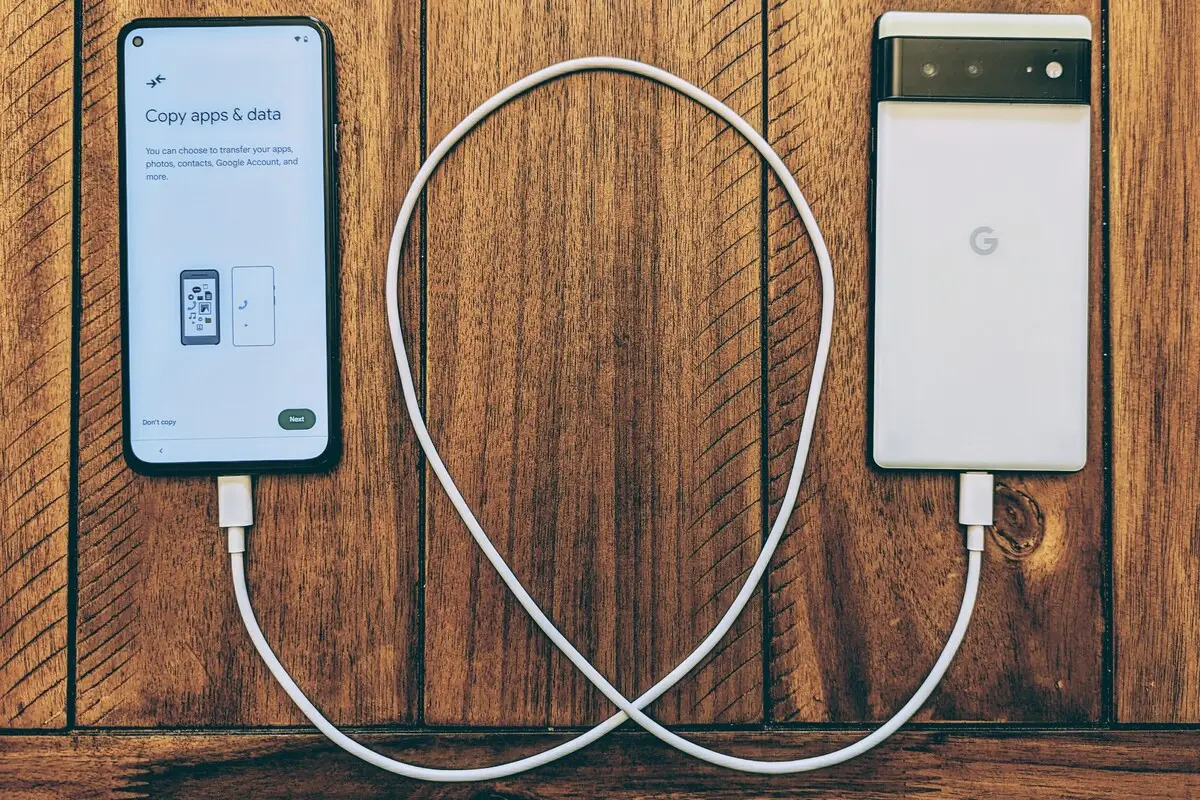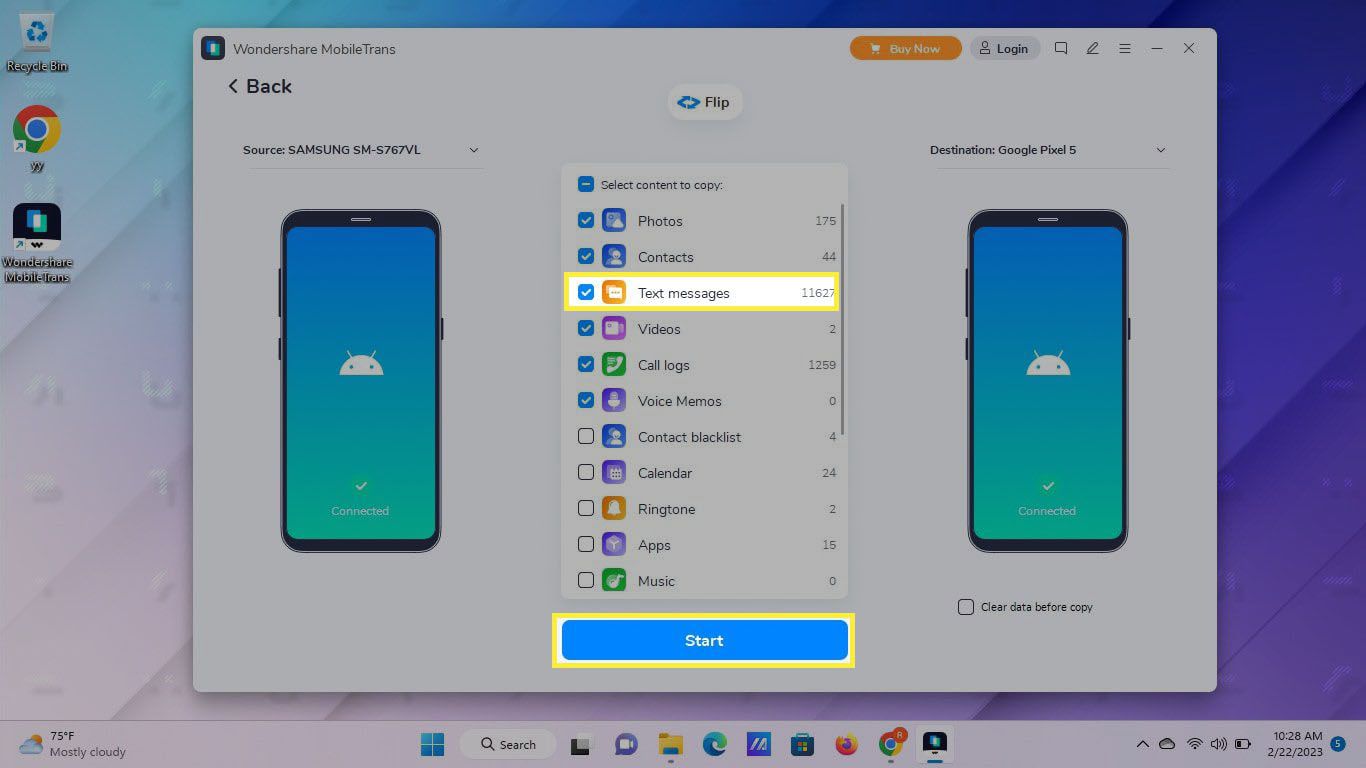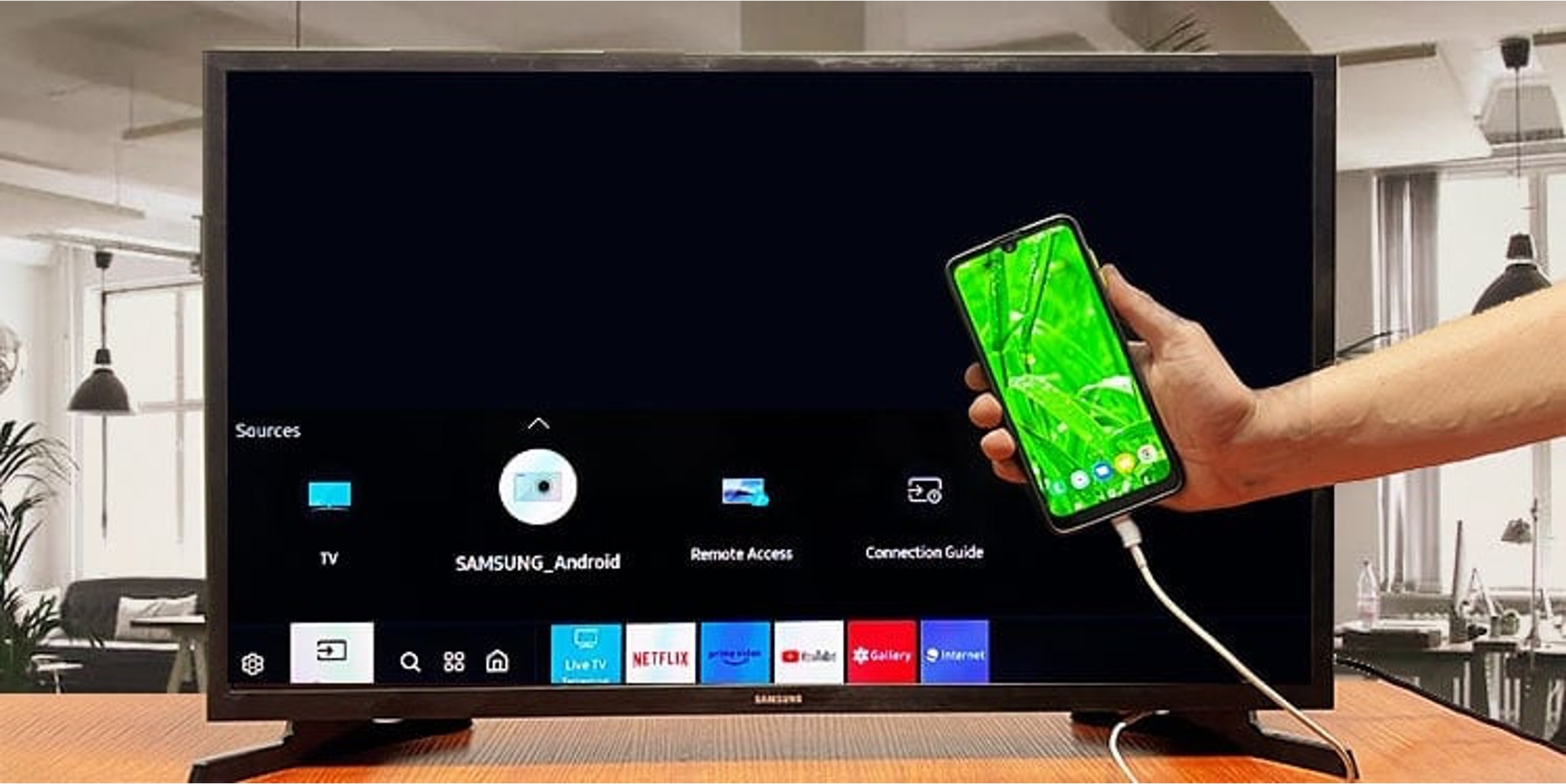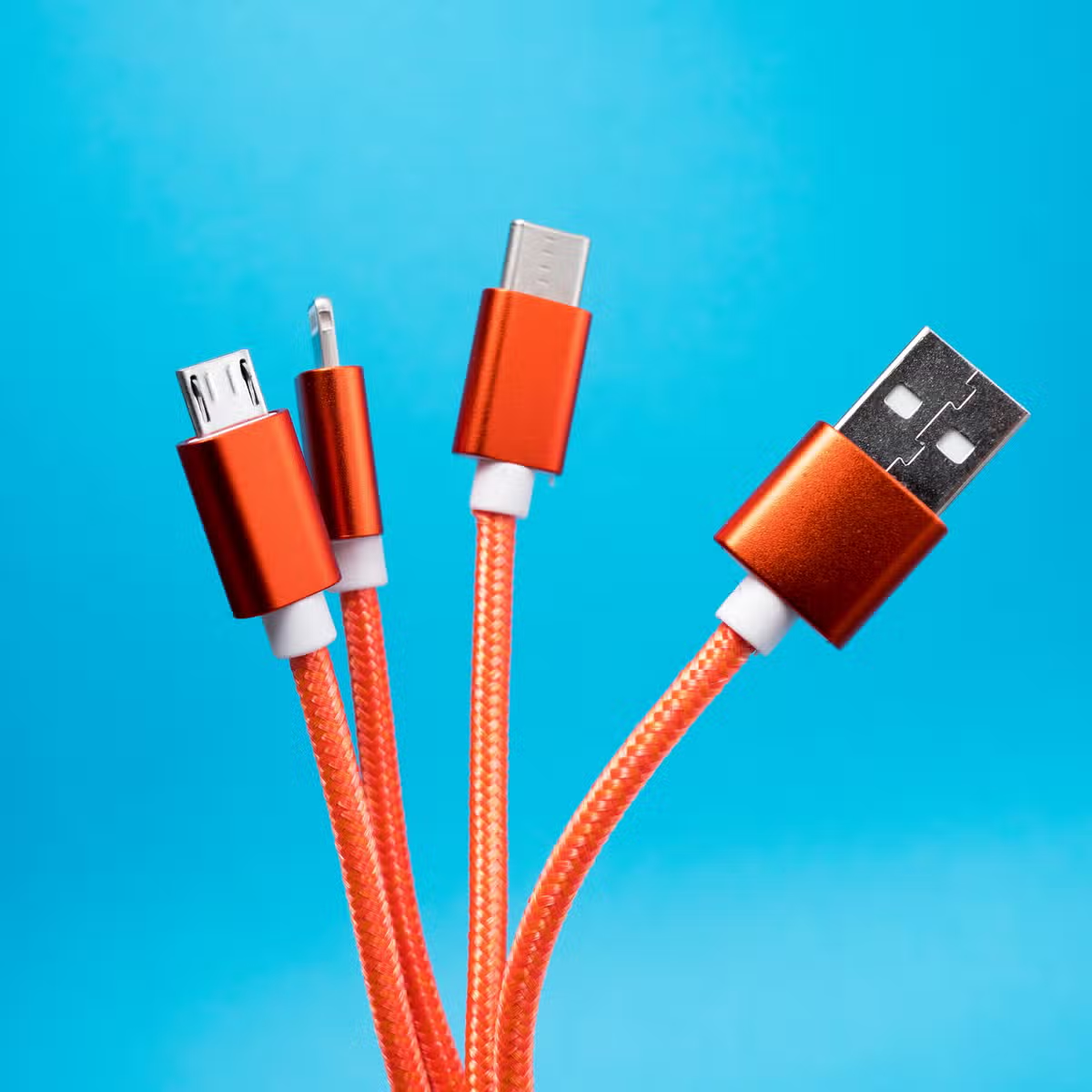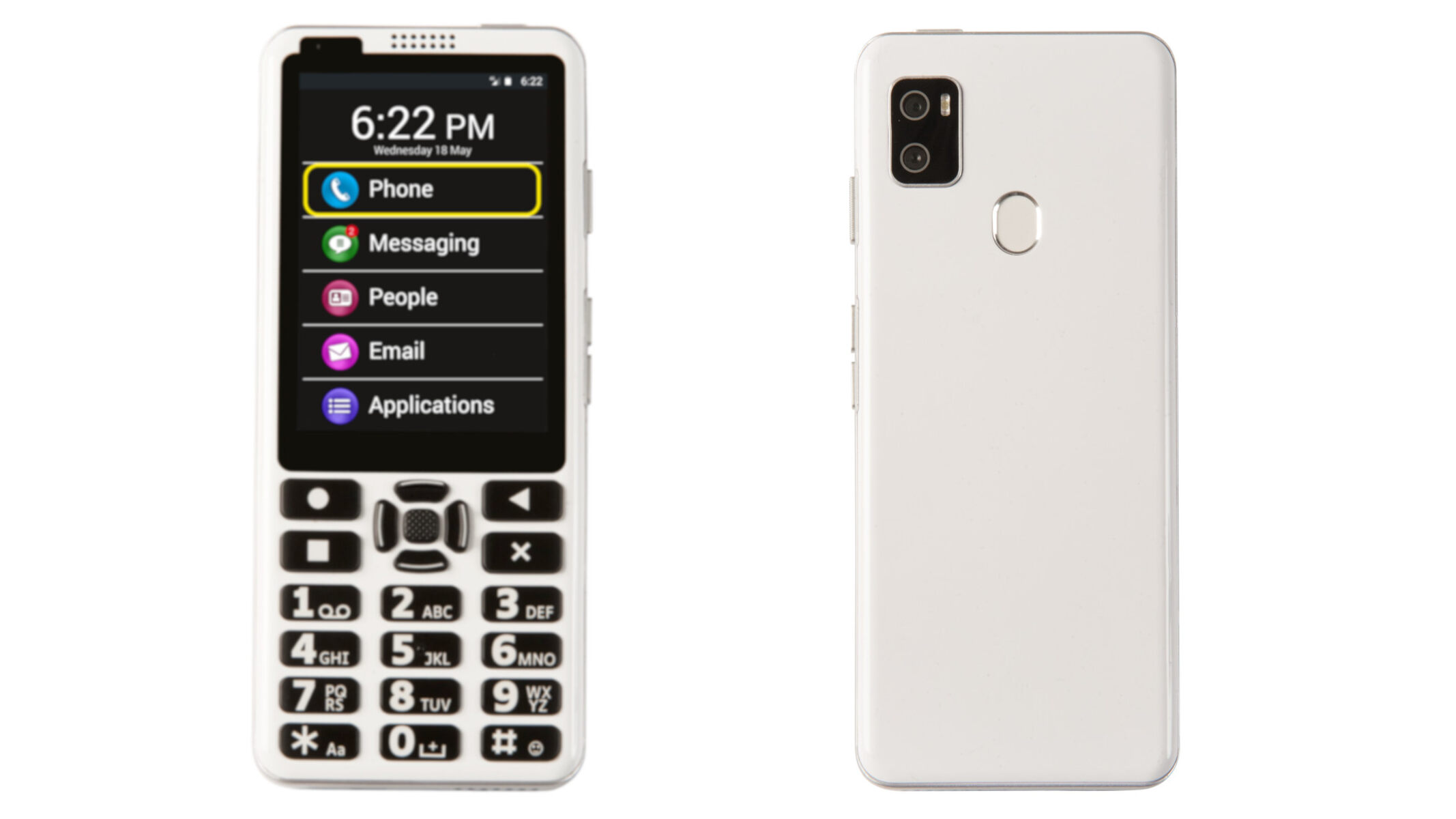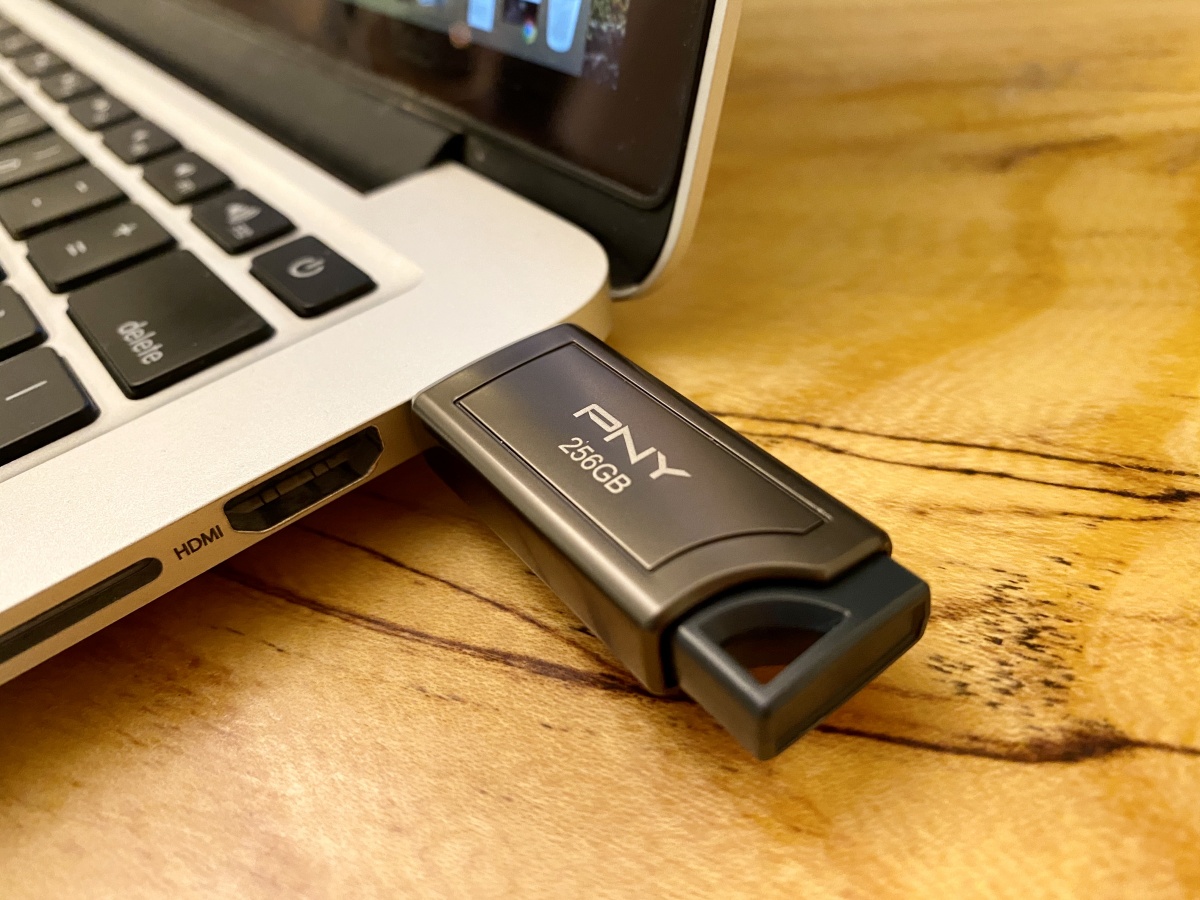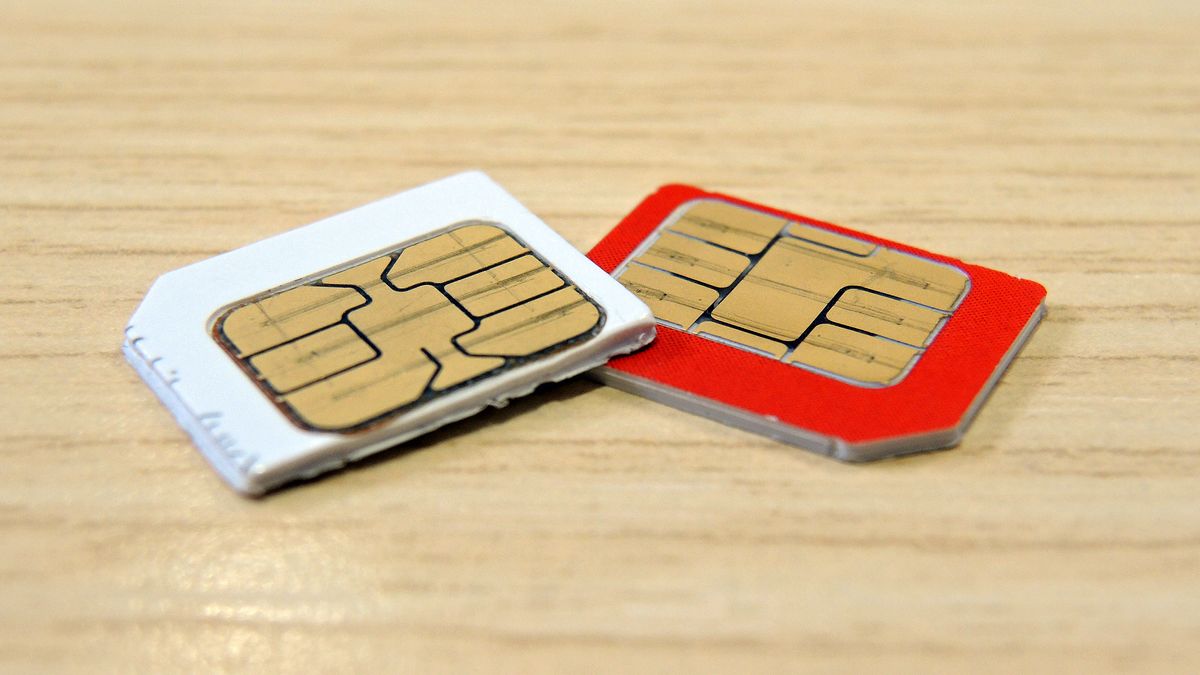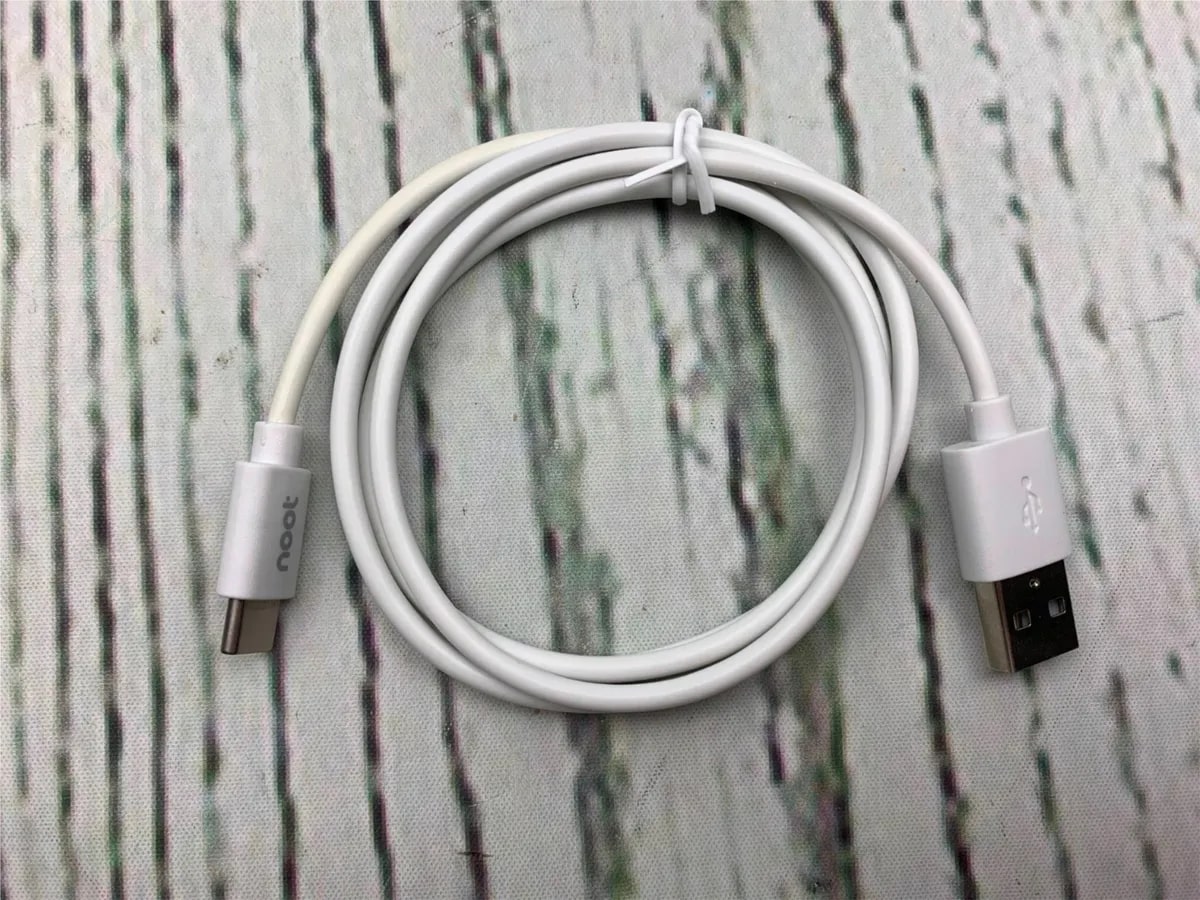Introduction
Transferring data to a new Android phone can be a daunting task, especially if you have a large amount of important information stored on your old device. Fortunately, there are several methods you can use to seamlessly transfer data from your old Android phone to a new one, ensuring all your valuable contacts, messages, photos, and apps are safely migrated to your new device.
Whether you’re upgrading to the latest flagship model or simply switching to a new device, it’s crucial to have a reliable data transfer strategy in place. This article will guide you through various methods to transfer data to your new Android phone. From using built-in features like Google account sync and SD card transfers to utilizing third-party apps and computer connections, we will explore all the options available to make your data transfer process quick and hassle-free.
Throughout this article, you will learn step-by-step instructions and tips on how to execute each transfer method effectively. By following these guidelines, you can ensure a smooth transition to your new Android phone without losing any important data.
Before diving into the details of each transfer method, it’s important to note that the availability of certain options may vary depending on your Android version and manufacturer. Therefore, it’s always recommended to check your device’s user manual or visit the manufacturer’s website for specific instructions tailored to your device.
Now, let’s explore the different methods you can use to transfer data to your new Android phone, allowing you to have all your cherished memories and essential information right at your fingertips.
Backup your old Android phone
Before you proceed with transferring data to your new Android phone, it’s crucial to create a backup of your old device. This ensures that even if something goes wrong during the transfer process, you’ll still have a copy of your valuable data.
There are multiple ways to back up your Android phone, depending on your device and personal preference. The most common backup options include:
- Google Backup: Android devices offer a built-in backup feature that automatically saves your app data, contacts, calendar events, and some device settings to your Google account. To enable this feature, go to “Settings” on your old Android phone, tap on “Backup and Reset,” and ensure that the “Backup my data” option is turned on. This will allow your phone to regularly back up your data to the cloud without any additional effort on your part.
- Third-Party Backup Apps: There are numerous third-party apps available on the Google Play Store that offer comprehensive backup solutions for Android devices. These apps allow you to back up various types of data, such as messages, photos, call logs, and even app data. Some popular options include Helium, Titanium Backup, and MyBackup. Simply download and install the backup app of your choice, follow the on-screen instructions to select the desired data, and create a backup file that you can later restore on your new Android phone.
- Manually Copying Files: If you prefer a more hands-on approach, you can manually copy your important files, such as photos, videos, and documents, to a computer or an external storage device. Connect your Android phone to a computer using a USB cable, navigate to the device’s storage or SD card, and copy the desired files to a folder on your computer. This method gives you full control over what gets backed up, but it requires more manual effort and may not include app data or system settings.
Whichever backup method you choose, it’s essential to verify that your backup is complete and accessible before proceeding to transfer data to your new Android phone. By taking this precautionary step, you can ensure that your data remains safe and easily recoverable, providing peace of mind throughout the transfer process.
Transfer data using Google account
If you have previously synced your Android phone with your Google account, transferring data to your new device can be incredibly straightforward. By signing in to your Google account on your new Android phone, you can easily restore your contacts, app data, and other synchronized information.
Here’s how to transfer data using your Google account:
- On your new Android phone, go through the initial setup process until you reach the “Sign In” screen.
- Enter the Gmail address and password associated with your Google account and proceed to sign in.
- Once signed in, your new Android phone will prompt you to restore data from a previous device. Follow the on-screen instructions to confirm and initiate the data transfer.
- During the restoration process, your new Android phone will connect to your Google account and begin syncing data, such as your contacts, app data, calendar events, and even Wi-Fi networks.
- Ensure that you have a stable Internet connection and give your new Android phone some time to complete the data syncing process. The duration may vary depending on the amount of data to be transferred.
- Once the data sync is complete, you’ll have access to your contacts, app data, and other synchronized information on your new Android phone, making it feel familiar and personalized.
It’s important to note that not all data may be synced with your Google account. For example, media files like photos, videos, and music are not automatically backed up and restored using this method. However, you can manually transfer these files using other methods such as connecting your old Android phone to a computer via USB and transferring the files to your new device.
By utilizing your Google account to transfer data, you can easily bring your contacts, app data, and other synchronized information to your new Android phone with just a few simple steps. This method is convenient and efficient, helping you seamlessly transition to your new device without any hassle.
Transfer data using an SD card
If your old and new Android phones both have SD card slots, transferring data using an SD card can be a convenient method. This allows you to transfer a large amount of data, such as photos, videos, and documents, without relying on an internet connection or third-party apps.
Here’s how to transfer data using an SD card:
- Insert the SD card into your old Android phone, if it’s not already inserted.
- Go to “Settings” on your old phone and navigate to the “Storage” or “Storage & USB” section.
- Select “Transfer data to SD card” or a similar option. This will prompt your old phone to start transferring data to the SD card.
- Depending on the amount of data being transferred, the process may take some time. Ensure that the transfer is complete before proceeding to the next step.
- Once the data transfer is finished, power off your old Android phone and remove the SD card.
- Insert the SD card into your new Android phone, making sure it is properly secured.
- Power on your new Android phone and go to “Settings”. Navigate to the “Storage” or “Storage & USB” section.
- Select “Import data from SD card” or a similar option. This will prompt your new phone to search for and import the data from the SD card.
- Wait for the import process to complete. Once finished, you’ll find your transferred data, such as photos, videos, and documents, on your new Android phone.
It’s important to note that not all Android phones have SD card slots. In such cases, you may need to use alternative methods like connecting your old phone to a computer or using cloud storage services to transfer your data.
By utilizing an SD card, you can easily transfer a large amount of data from your old Android phone to your new device. This method is especially useful for media files, such as photos and videos, allowing you to quickly and conveniently access your content on your new Android phone.
Transfer data using a computer
If you prefer to transfer data from your old Android phone to your new device using a computer, there are several methods you can use. Connecting your phone to a computer allows for more control over the transfer process and enables you to transfer various types of data, including media files, documents, and app data.
Here are the different methods you can utilize to transfer data using a computer:
- USB Transfer: Connect your old Android phone to your computer using a USB cable. Once connected, your computer should recognize the device and display it as a removable storage drive. Open the phone’s storage on your computer and navigate to the desired files or folders you wish to transfer. Simply drag and drop the files from your phone to a folder on your computer. Once the transfer is complete, disconnect the old phone and connect your new Android phone to the computer. Repeat the same process to transfer the files from the computer to your new phone.
- Android File Transfer: If you’re using a Mac computer, you can utilize the official Android File Transfer application. Download and install Android File Transfer from the official website. Connect your old Android phone to your Mac using a USB cable. Open the Android File Transfer application, and you’ll be able to browse and transfer files between your Mac and Android phone. Follow the same process to transfer the files from your Mac to your new Android phone.
- Cloud Storage: Another option is to use a cloud storage service, such as Google Drive, Dropbox, or OneDrive. Install the respective app on your old Android phone and upload the desired files to your cloud storage account. Once uploaded, install the same app on your new Android phone and sign in to your account. You’ll be able to access and download the files from your cloud storage to your new phone.
Regardless of the method you choose, transferring data using a computer offers flexibility and versatility in transferring various types of data to your new Android phone. It also allows you to organize and manage your files more efficiently during the transfer process.
Transfer data using a USB cable
If you want a direct and reliable method to transfer data from your old Android phone to your new one, using a USB cable is an excellent option. This method allows for a high-speed connection between the two devices, making it quick and efficient to transfer various types of data.
Here’s how to transfer data using a USB cable:
- Connect your old Android phone to your computer using a USB cable.
- On your phone, swipe down from the top of the screen to access the notification panel. Tap on the USB connection notification and select the “Transfer files” or “File transfer” option. This will enable your phone to operate in file transfer mode.
- On your computer, open the file explorer or Finder and locate your connected Android phone. It should be listed as a removable storage device.
- Open the phone’s storage on your computer and navigate to the files or folders you want to transfer.
- Select the desired files or folders, then copy and paste them to a folder on your computer.
- After the transfer is complete, disconnect your old Android phone from the computer.
- Connect your new Android phone to the computer using the same USB cable.
- Repeat the process of selecting the files or folders you want to transfer and copy and paste them into your new Android phone’s storage.
- Once the transfer is finished, safely disconnect your new Android phone from the computer.
Using a USB cable for data transfer offers a reliable and secure connection, ensuring that all your files are safely transferred from your old Android phone to your new device. It’s particularly useful for transferring large media files, such as photos, videos, and music libraries, with minimal effort and time.
Note that the steps may vary slightly depending on the operating system of your computer and the Android version on your phone. Make sure to follow the specific instructions provided by your device manufacturer or consult the user manual for more accurate information.
Transfer data using a third-party app
If you prefer a more comprehensive and flexible data transfer option, using a third-party app can be a great choice. There are several apps available on the Google Play Store that specialize in transferring data between Android devices, making the process simple, efficient, and versatile.
Here is how to transfer data using a third-party app:
- Visit the Google Play Store on your old Android phone and search for data transfer apps. Some popular options include Samsung Smart Switch, CLONEit, and SHAREit.
- Download and install the app of your choice on both your old and new Android phones.
- Launch the app on both devices and follow the on-screen instructions to establish a connection between the two devices.
- Select the types of data you want to transfer, such as contacts, messages, photos, videos, or app data.
- Initiate the data transfer process, and the app will handle the transfer between the two devices.
- Depending on the amount of data being transferred, the process may take some time. Ensure that both devices remain connected and have sufficient battery charge during the transfer.
- Once the transfer is complete, you’ll find your data on your new Android phone, ready to be accessed and used.
Third-party apps provide additional features such as selective data transfer, cross-platform compatibility, and faster transfer speeds. They can be particularly useful if you have a large amount of data or if you are switching from a different Android device manufacturer.
It’s essential to choose a reputable app from the Google Play Store and carefully review the app’s permissions and user reviews before proceeding with the data transfer. This will ensure that your data is being transferred securely and efficiently.
Using a third-party app for data transfer gives you more control and flexibility over the types of data you can transfer between your Android devices. It’s a convenient option that allows for seamless migration of data, making it easier to transition to your new Android phone.
Conclusion
Transferring data to a new Android phone doesn’t have to be a daunting task. With the various methods outlined in this article, you can seamlessly transfer your valuable data, such as contacts, messages, photos, videos, and app data, to your new device.
By creating a backup of your old Android phone, you can ensure that your data is protected and easily recoverable. Whether you choose to use Google account sync, an SD card, a computer, or a third-party app, each method offers its own advantages and can accommodate different data transfer needs.
If you have synced your Android phone with your Google account, signing in to your account on your new device will automatically restore your data. Utilizing an SD card can be a convenient method, allowing you to transfer a large amount of data without relying on an internet connection. Connecting your phone to a computer provides more control over the transfer process and allows for versatile data transfer options. Lastly, using a third-party app can offer a comprehensive and flexible solution for transferring data between Android devices.
Remember to consider the specific instructions provided by your device manufacturer and adapt the methods accordingly. Additionally, always verify that your data transfer is completed successfully before disconnecting any devices.
Whether you are upgrading to a new Android phone or switching devices, following these methods will help you make a smooth transition without losing any of your important data.
Now that you have the knowledge and tools at your disposal, you can confidently transfer your data to your new Android phone, ensuring that all your cherished memories and important information are readily available on your new device.







